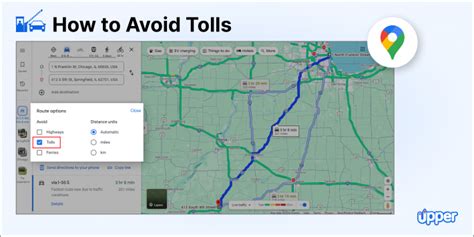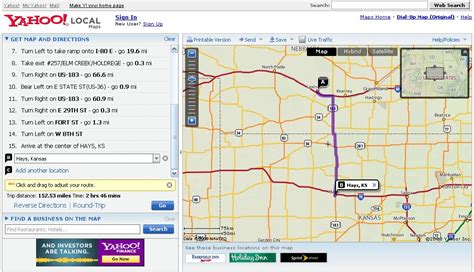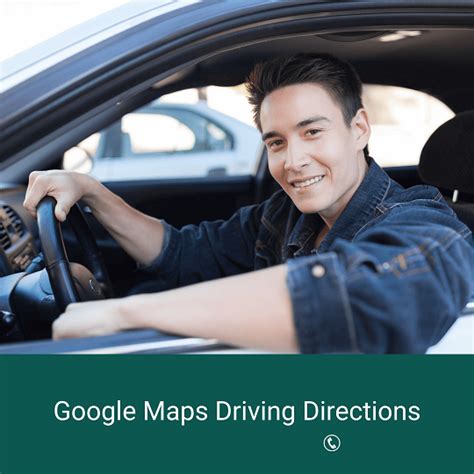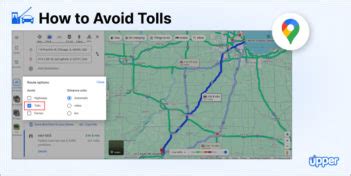Free Driving Directions Without Toll Roads

In today's fast-paced world, navigating from one place to another has become easier than ever, thanks to the advancements in technology and the availability of online mapping services. However, for many drivers, the preference for toll-free routes remains a top priority. This article aims to delve into the world of free driving directions without the hassle of toll roads, exploring the best practices, strategies, and tools to ensure a smooth and cost-effective journey.
The Appeal of Toll-Free Driving

Toll roads, while offering a more direct and potentially faster route, often come with an additional cost that can quickly add up, especially for frequent travelers. Many drivers opt for toll-free alternatives to save money, avoid the inconvenience of toll booths, and enjoy a more relaxed and scenic journey. The desire for a toll-free experience has led to the development of specialized tools and strategies to navigate the roads efficiently without incurring these extra charges.
Understanding Toll Road Systems

Before we dive into the strategies, let’s first understand the different types of toll road systems and how they operate. Toll roads, or turnpikes, are typically high-speed highways or bridges that require a fee for their use. These fees can be paid in various ways, including cash, credit cards, or electronic toll collection systems like EZ-Pass in the United States or Autopass in Canada.
Toll roads are often used to fund the construction and maintenance of the road, bridge, or tunnel, and they can be found across the globe. While some toll roads are publicly owned, others are privately operated, each with their own pricing structures and payment methods.
Different Toll Road Payment Methods
Toll roads can be paid for using a variety of methods, including:
- Cash: Many toll booths still accept cash payments, although this method can be inconvenient and time-consuming, especially during peak hours.
- Credit/Debit Cards: Most modern toll roads now accept major credit and debit cards, providing a more convenient and touchless payment option.
- Electronic Toll Collection (ETC): ETC systems, such as EZ-Pass or FasTrak, use radio-frequency identification (RFID) technology to automatically deduct tolls from a prepaid account as vehicles pass through designated lanes.
- Toll-by-Plate Programs: Some toll roads use license plate recognition technology to capture images of vehicles that do not pay the toll. The registered owner is then billed for the toll plus an administrative fee.
Toll Road Pricing Structures
Toll road pricing can vary significantly depending on the location, time of day, and vehicle type. Here are some common pricing structures:
- Fixed Toll Rates: Some toll roads have a set fee that remains the same regardless of the time of day or vehicle type.
- Variable Toll Rates: Many toll roads use dynamic pricing, where the toll rate changes based on factors such as traffic volume, time of day, or day of the week. This is often done to manage congestion and encourage off-peak travel.
- Class-Based Tolls: Vehicle type, size, and weight can also impact the toll rate. For example, commercial trucks may pay a higher toll than passenger cars.
- Discounted Rates: Some toll road authorities offer discounts for frequent users, such as commuters, or for certain vehicle types, like electric or hybrid vehicles.
Navigating with Free Driving Directions
Now that we have a better understanding of toll road systems, let’s explore the strategies and tools to help you navigate without incurring these extra charges.
Utilizing Free Mapping Services
Numerous online mapping services offer free route planning, often with the option to avoid toll roads. Here are some popular options:
- Google Maps: Google Maps is a widely used mapping service that provides turn-by-turn directions with the option to avoid toll roads. It also offers real-time traffic information and alternative route suggestions.
- Apple Maps: Apple’s mapping service, available on iOS devices, also offers toll road avoidance options and real-time traffic updates.
- MapQuest: MapQuest is another popular mapping service that allows users to plan routes while avoiding toll roads. It provides detailed directions and offers options to customize the route based on preferences.
- Waze: Waze is a community-based navigation app that provides real-time traffic updates and alternative route suggestions. It often suggests toll-free routes based on user reports and crowd-sourced data.
Exploring Alternative Routes
Sometimes, the most direct route might include toll roads. In such cases, it’s worth exploring alternative routes that may be slightly longer but toll-free. Consider the following strategies:
- Use Rural Roads: Rural roads and highways often have lower traffic volumes and can be a more scenic and cost-effective option. While they may take slightly longer, they can provide a more enjoyable driving experience.
- Research Local Knowledge: Talk to locals or consult online forums and travel blogs to uncover hidden gems and lesser-known routes that might be toll-free and less congested.
- Consider Public Transportation: If you’re traveling to a city or urban area, public transportation can be a great option to avoid driving and toll roads altogether. Trains, buses, and subways often provide efficient and cost-effective ways to get around.
Optimizing Your Route for Cost Savings
In addition to avoiding toll roads, there are other strategies you can employ to optimize your route and save costs:
- Avoid Peak Hours: Traffic congestion during peak hours can lead to longer travel times and potentially higher toll fees. Plan your journey to avoid these peak periods and save both time and money.
- Combine Trips: If you frequently travel to the same destination, consider combining multiple trips into one to save on fuel and potential toll costs. This is especially beneficial for commuters or those who regularly travel for work.
- Utilize Carpooling: Carpooling not only reduces your environmental impact but can also significantly reduce the cost of travel, especially when toll roads are involved. Split the cost of fuel and tolls with your fellow travelers.
The Future of Toll-Free Driving
As technology continues to advance, the future of toll-free driving looks promising. Here are some developments and trends to watch out for:
Advanced Navigation Systems
The next generation of navigation systems is expected to offer even more accurate and efficient routing, taking into account real-time traffic data, road conditions, and toll road fees. These systems will provide users with personalized route suggestions that minimize costs and maximize convenience.
Integration of Electric Vehicles (EVs)
The rise of electric vehicles is expected to impact toll road systems. Many toll authorities are exploring ways to incentivize EV use, potentially offering discounted or free toll rates for these environmentally friendly vehicles.
Contactless Payment Options
With the ongoing global health crisis, contactless payment options are becoming increasingly popular. Toll road authorities are expected to continue adopting these technologies, allowing drivers to pay tolls without stopping or interacting with toll booths.
Dynamic Pricing and Congestion Management
Toll road authorities are also expected to continue refining their dynamic pricing strategies to manage congestion. This could include time-based pricing, where tolls are higher during peak hours, encouraging drivers to travel during off-peak times.
Conclusion

Navigating without toll roads is not only possible but can be a cost-effective and enjoyable experience. By utilizing free mapping services, exploring alternative routes, and optimizing your travel plans, you can save money and avoid the inconvenience of toll roads. As technology advances, the future of toll-free driving looks bright, with even more efficient and personalized routing options on the horizon.
How accurate are free mapping services in avoiding toll roads?
+Free mapping services, such as Google Maps and Apple Maps, have become quite accurate in avoiding toll roads. They use real-time traffic data and user-reported information to suggest alternative routes. However, it’s always a good idea to double-check the route before departing to ensure there are no unexpected toll roads along the way.
Are there any hidden costs associated with toll-free routes?
+While toll-free routes aim to avoid the direct costs of toll roads, there may be indirect costs to consider. For example, longer routes may lead to increased fuel consumption or additional time spent on the road. It’s important to weigh these factors when planning your journey.
What are some common challenges when navigating toll-free routes?
+One common challenge is finding accurate and up-to-date information on toll road locations and fees. Some toll roads may not be accurately represented on mapping services, especially in less developed areas. Additionally, unexpected construction or road closures can disrupt your planned toll-free route. It’s always a good idea to stay informed and have backup plans.


